At the firm atelier, the lawyers have a dynamic but relaxed dress code.
What we have to wear depends on what we have scheduled for the day.
If we have no court attendance or client meetings that day, we come in casual. Slacks, jeans, shirts, t-shirts, collared, with, without, dresses, baju kurung, whatever. It’s fine. Only shorts and risqué wear require prior approval.
We allow for it because I like dressing casually for days in the office when I don’t have to ‘see anyone’ i.e., no meetings with clients, no hearings or trials with courts, or appointments at the Syariah courts. It’s for those days when we are focused on the backroom work i.e., drafting, crafting, thinking, strategizing, or responding to emails.
Although we dress up for show, we dress down for flow.
The principle for casual dressing is no matter how casual the dressing, it should be informed by a sense of decorum, appropriateness and a semblance of style. Casual does not mean sloppy. Casual means comfortable and got character. Stylish is encouraged and appreciated. And stylish is not flash or loud.
If we have a meeting with clients at the office, smart casual is a minimum. If we have a meeting at a corporate client’s office or government department we get the armor on. Black three-piece suit, white shirt, dark tie and black leather shoes.
I eschew a jacket at times. Despite its absence, I’d like to think the presence of the tie and vest allows me to meet the lowest acceptable threshold of formality.
If we have hearing or trial, naturally, we are attired appropriately.
For open court, a collar, bands, a white shirt, a black short jacket, black-grey striped pants and a black linen robe. For High Court chamber hearings and subordinate court matters, a black suit, a white shirt and a quiet tie. We cannot and should not be flashy or showy with our court dress nor are we meant to be. Our sombre uniformity of dress is supposed to symbolize how we as advocates differ little from each other and do so only in the quality of arguments we advance.
What I said about court earlier applies only if we’re going for a ‘physical hearing’ or ‘physical trial’. That is what we call actually going to court for a hearing or trial these days. For someone practising as long as I have (circa 1999), I find that disconcerting and those phrases ominous. If we are doing an online hearing, not all I mentioned applies. With an online hearing, it’s waist up only. We can lose the shoes and pants if we feel the need to, but it should go no further.
The reason we have such a flexible dress code is because I like having such flexibility myself including the comfort and pleasure derived from it. I don’t see why such a code cannot extend to my colleagues so long as they are sensible and responsible about it, which I know them to be.
A flexible dress code gives my other wear opportunity for wear time. I remember back in the day when I wore black and white every day. I had court most days of the week. Even when I didn’t, I wore it in case I had to go to court. Many of my clothes and other coloured suits hung in the cupboard neglected. When I finally got around to them, they didn’t fit well anymore.
Further, I get to choose what I want to wear and dress comfortably. My eccentricity has another safe outlet to express itself.
There are days when I don’t see anyone but dress up anyway. Days when I turn up in what my colleagues call my guru outfit; opaque loose-fitting white linen pants and shirt with either a white or black sleeveless singlet. There are the occasional black T-shirt and jeans days. It is nice to be able to wear the more eccentric stuff to work. It’s also interesting to see what others at the firm choose to wear on days they don’t have to dress formally.
Interestingly, because of the freedom to dress as I please, I have a stronger sense of occasion when dressing up for my open court hearing or trial, whatever court hierarchy level. Our formal attire serves as an ever-present reminder to me to be professional in court and to abide by our professional ethical code.
Just because we have to work doesn’t mean we have to always look like it. We are doing it most of the time. When the occasion calls for formality, of course, we should rise to meet it. We cannot have it our way all the time. But when there is no occasion and when we are amongst colleagues working closely together there should be less formal encumbrances about us.
Related Posts
- Standing for the Bar Council Elections 2021/22
Last month, I submitted my nomination papers for the Bar Council 2021/2022 elections. I am…
- Elected for the Bar Council Elections 2022/23
Last month, I wrote about standing for the Bar Council Elections 2021/22 for the first…
- Standing for the Bar Council Elections 2022/23
Thank you for electing me as Bar Councillor for the term 2022/2023. It has been…
- Mass Calls to the Bar
My experience of calls to the Bar is one borne from moving calls mostly at…
- My ability to type fast | From the Atelier
I followed Zee Tan's work on Facebook before I got around to approaching him for…

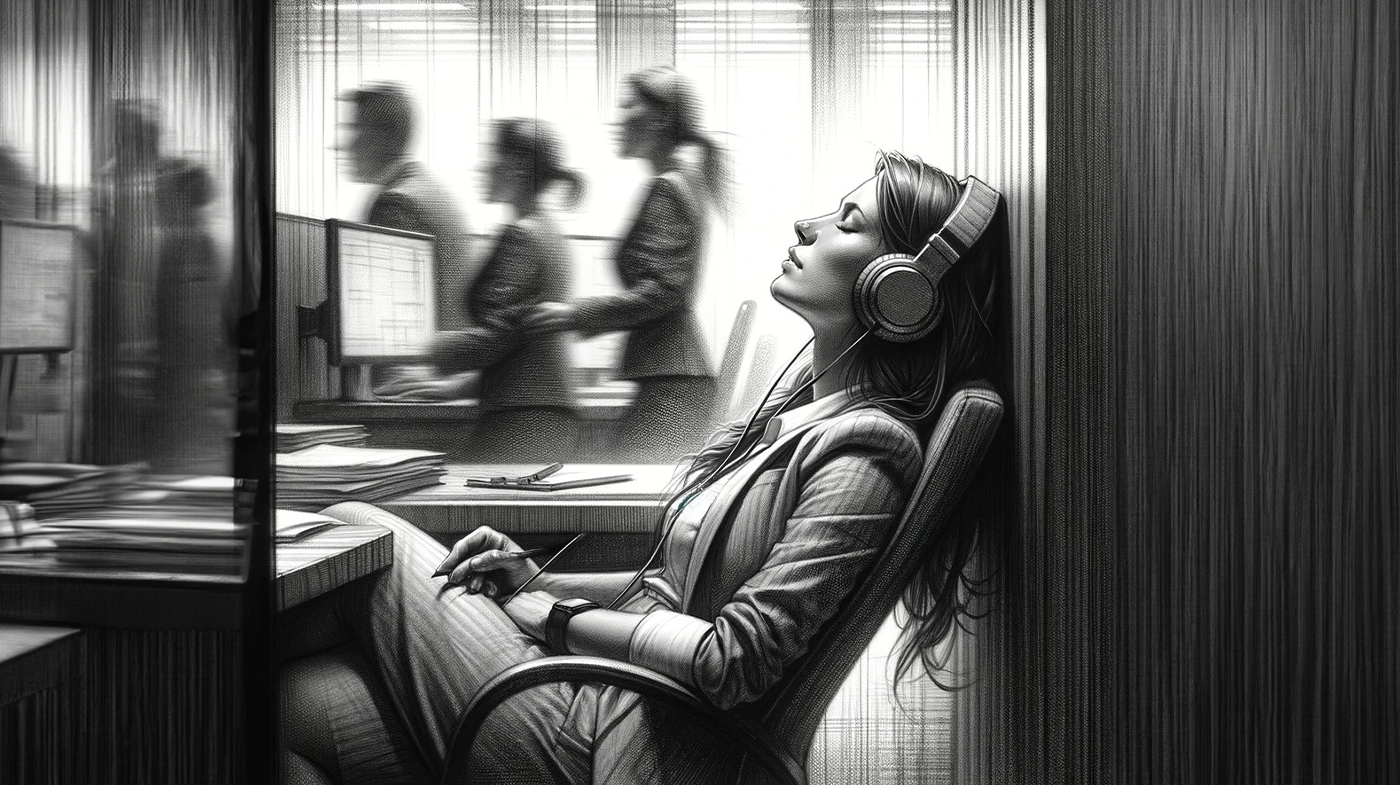
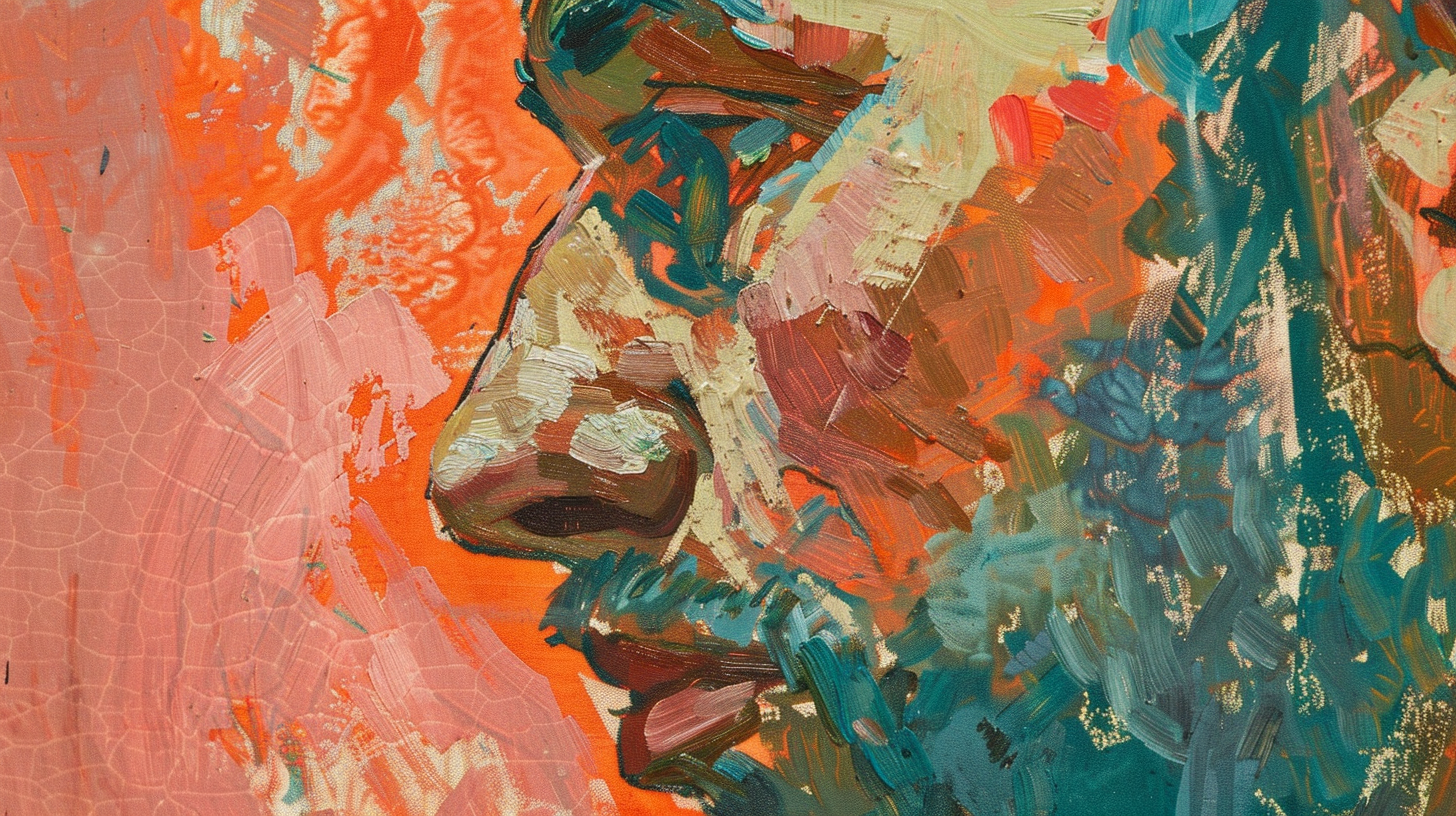
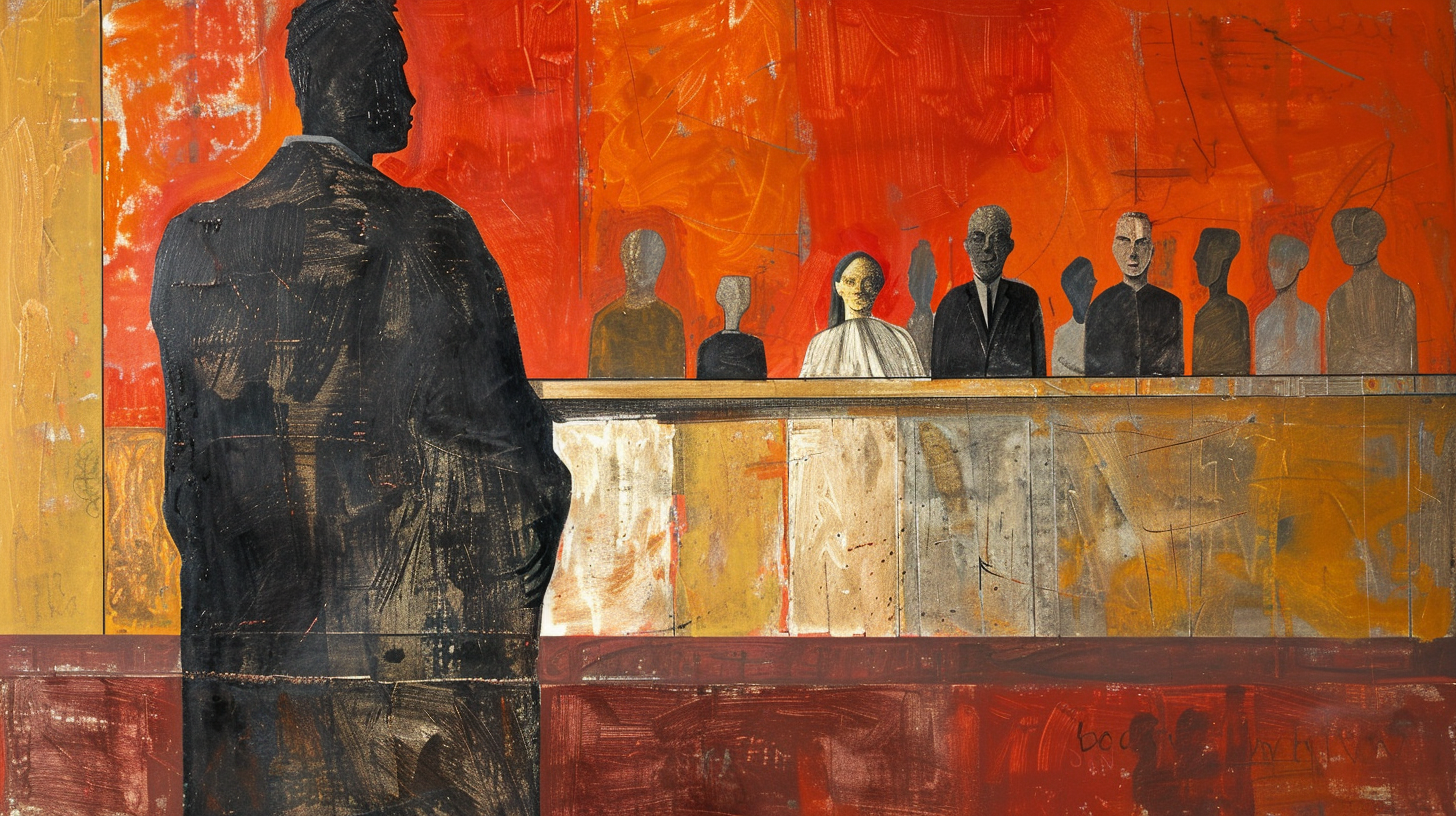

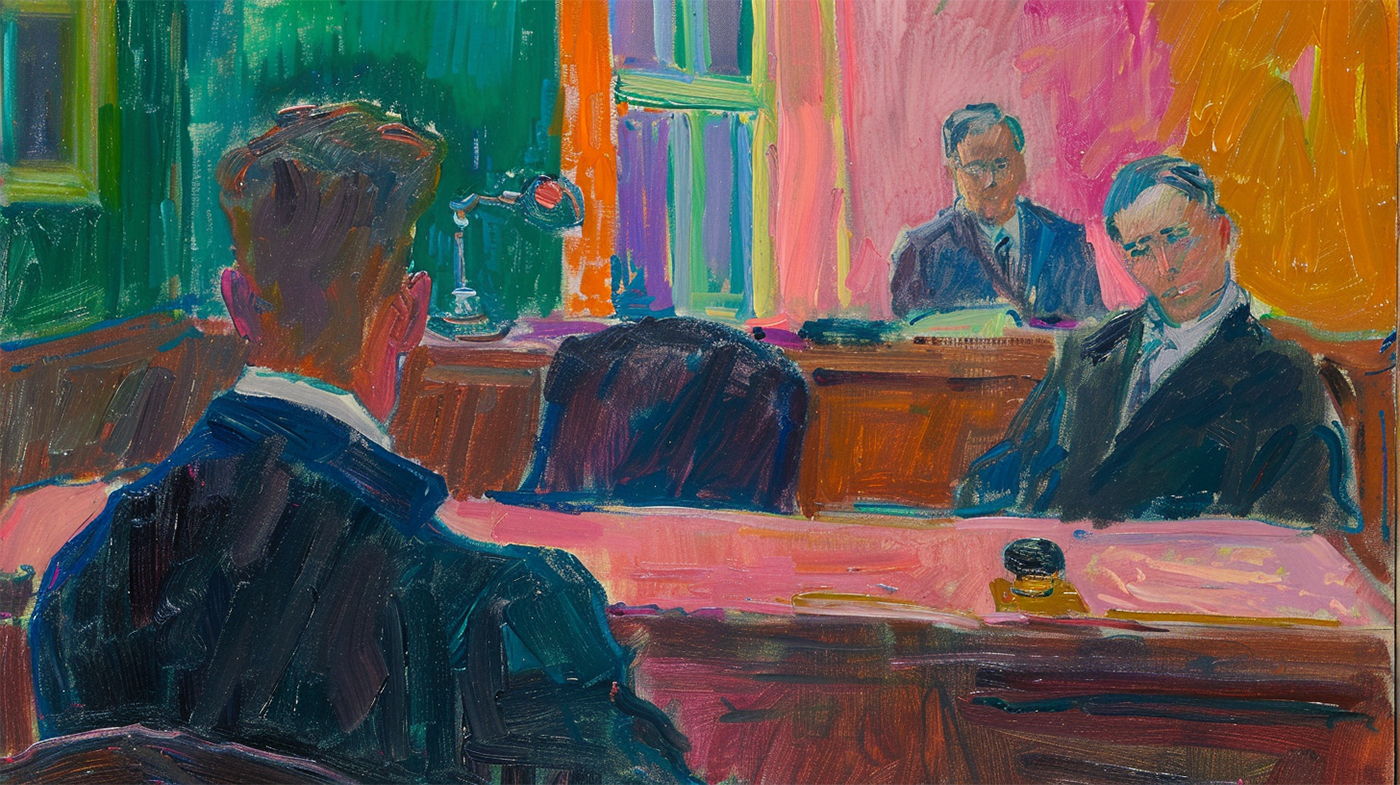
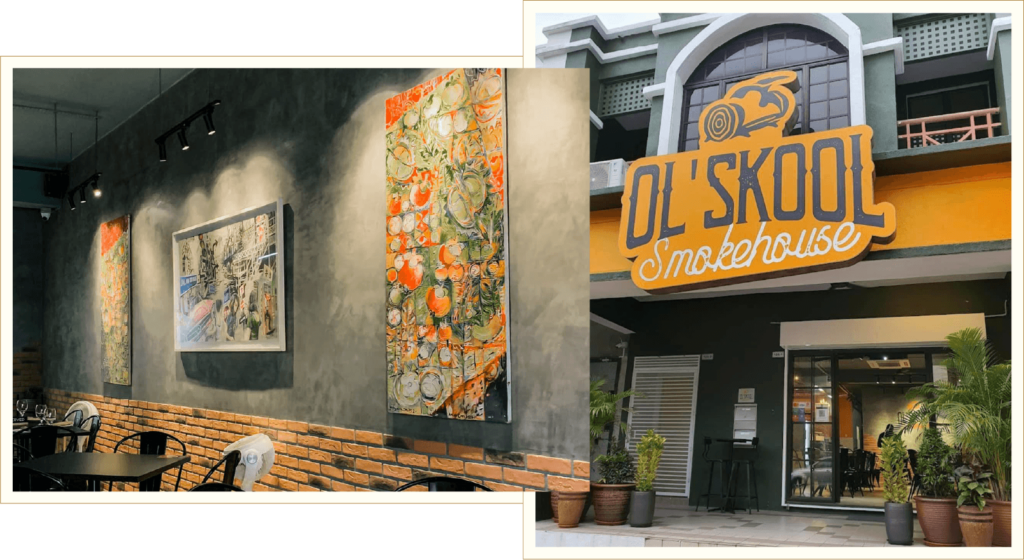
1 thought on “Dressing for work”
Kain Pelikat for zoom hearings. Now thats freedom of movement!